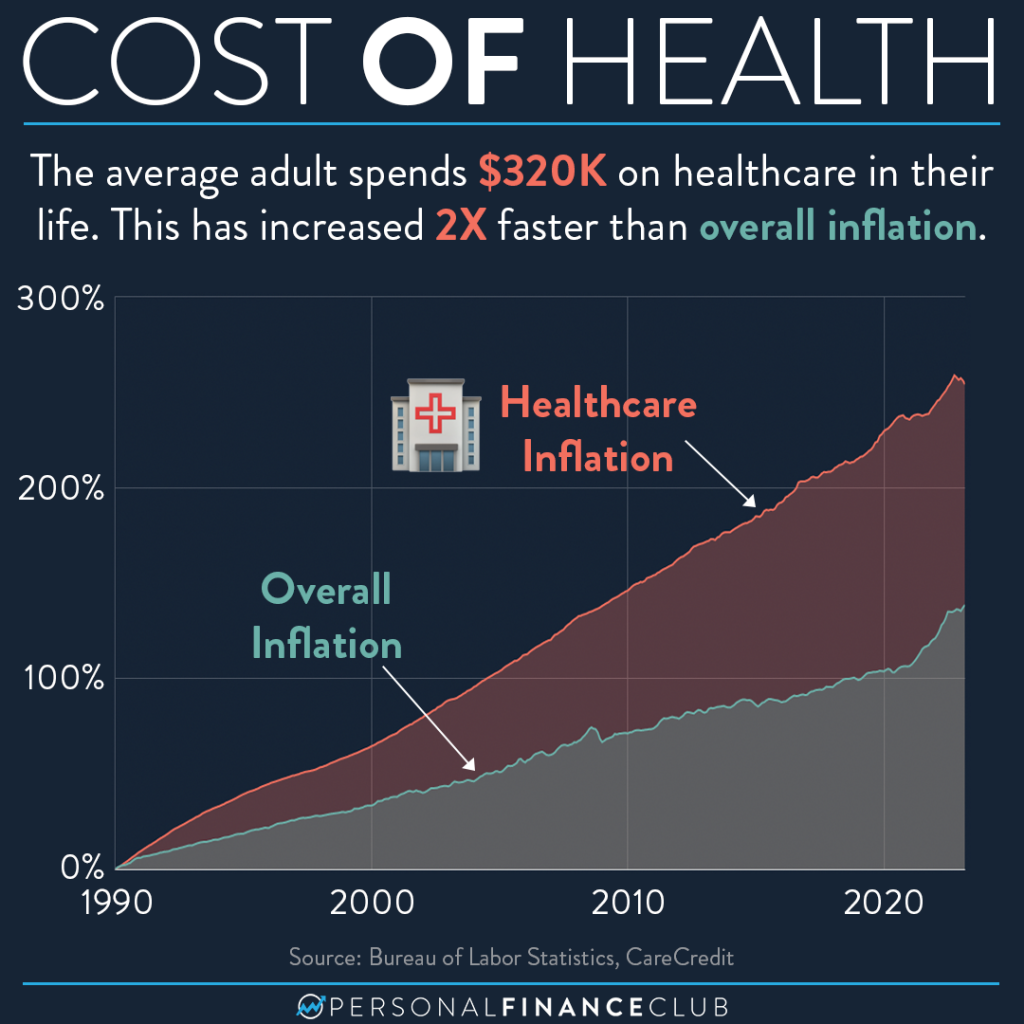A Comprehensive Guide on Just How Medical Care RCM Functions to Improve Payment and Collections
Browsing the complexities of medical care revenue cycle monitoring (RCM) is essential for suppliers aiming to enhance their payment and collections procedures. The guide unboxes the details of RCM, from client registration to accounts receivable administration, providing understandings into maximizing each step. Incorporating advanced technology and standard procedures can dramatically decrease case rejections and accelerate payment cycles. Yet, the true difficulty depends on seamlessly combining these aspects to boost capital. As we discover the core components and approaches that drive efficiency, one inquiry remains: just how can medical care entities best position themselves to thrive economically in an ever-evolving market?
Understanding Earnings Cycle Administration
Grasping the intricacies of Income Cycle Monitoring (RCM) is essential for health care companies intending to enhance their monetary performance. RCM is a critical management feature that encompasses the whole monetary process of client care, from the initial appointment setting to the last payment of the balance. It is an intricate procedure made to recognize, accumulate, and take care of the earnings from the services provided to clients. Effective RCM makes certain that medical care providers receive exact and prompt payments, lessening the danger of profits loss and enhancing capital.
The RCM procedure starts when a client routines an appointment and prolongs with the person's care journey, including invoicing and collections. A vital goal is to decrease the time in between receiving and giving a service payment, therefore improving the organization's financial wellness. RCM entails different functions such as client registration, insurance policy confirmation, charge capture, coding, claims submission, repayment publishing, and handling appeals and denials.
Trick Components of RCM
In the realm of Revenue Cycle Management (RCM), recognizing its essential parts is fundamental to attaining financial performance within healthcare companies. RCM is an extensive procedure that encompasses different phases, each important to making sure efficient invoicing and collections. The main components consist of person registration, insurance policy verification, fee capture, coding, case entry, repayment uploading, and accounts receivable monitoring.


Once coded, insurance claims are submitted to payers, where accuracy is paramount to avoid hold-ups or rejections - Healthcare RCM. Payment posting involves taping the received repayments, which permits the settlement of accounts. Lastly, accounts receivable monitoring concentrates on monitoring and attending to unsettled insurance claims, making certain prompt follow-up and resolution
Each part of RCM is interconnected, and inefficiencies in any kind of part can disrupt the entire cycle. For that reason, grasping these components is vital for doctor to optimize revenue and improve their economic health.
Approaches for Effective Invoicing

Systematizing billing treatments throughout the organization is an additional essential strategy. Developing clear standards for documentation, coding, and entry helps maintain consistency and conformity with regulative needs. Training team routinely on these procedures guarantees everybody is up-to-date with the current adjustments in billing codes and payer policies.
Precise charge capture is necessary in protecting against earnings leak. Executing normal audits and tracking systems enables for the identification and adjustment of discrepancies prior to they affect earnings. In addition, preserving open lines of interaction with payers helps to swiftly solve any type of disputes or misunderstandings that may arise.

Last but not least, appealing clients early in the payment process by supplying clear price quotes and educational materials concerning their economic duties can dramatically decrease complication and enhance repayment timeliness. These methods collectively contribute to a much more effective and financially healthy and balanced invoicing system.
Enhancing Collections Processes
Provided the complexities of medical billing and the range of payer needs, improving the collections procedure entails implementing tactical steps that make see page sure exact and prompt repayment of solutions made. Automation tools can help in tracking claim conditions, sending timely reminders to individuals, and taking care of rejections much more efficiently.
Training personnel to understand the subtleties of insurance coverage and invoicing codes is similarly crucial. This knowledge empowers them to address billing inconsistencies rapidly and connect effectively with clients concerning their monetary responsibilities. In addition, clear and transparent person interactions are crucial. Providing detailed explanations of fees and supplying versatile layaway plan can increase patient complete satisfaction and punctual payments.
Regular audits of the collections procedure must be conducted to identify areas for renovation and make certain conformity with laws. By examining information, health care organizations can recognize patterns, prepare for prospective issues, and adjust approaches as necessary (Healthcare RCM). Inevitably, a well-enhanced collections procedure not just sustains economic health and wellness yet likewise adds to a more smooth experience for patients and personnel alike
Optimizing Income Streams
Structure upon the foundation of a solid collections process, health care organizations can additionally strengthen their monetary security by strategically maximizing earnings streams. This entails a multi-faceted approach, beginning with a comprehensive evaluation of existing earnings sources to recognize ineffectiveness and locations for development. Employing sophisticated information analytics tools allows companies to gain understandings right into payer mix, patient demographics, and service usage patterns, permitting data-driven choices that improve profits capture.
Executing automated invoicing systems can significantly minimize mistakes and speed up insurance claims refining, guaranteeing that earnings is gathered more efficiently. Moreover, enhancing payer contracts through normal negotiations can improve try here compensation rates and terms, straight affecting the lower line. Expanding service offerings, such as including telehealth or wellness programs, can likewise draw in a more comprehensive client base, therefore boosting income capacity.
One more important component is enhancing patient engagement and satisfaction, as pleased people are most likely to stick to therapy strategies and make prompt payments. Supplying adaptable repayment options and clear invoicing methods can improve collections and foster person commitment. Healthcare RCM. By embracing these methods, health care organizations can create a much more resilient economic structure, making certain continual development and stability in an ever-changing market landscape
Final Thought
In conclusion, health care Income Cycle Administration (RCM) plays a vital function in enhancing invoicing and collections procedures by integrating essential components such as patient enrollment, insurance verification, cost capture, coding, asserts entry, and receivable monitoring. By employing advanced innovation, systematizing treatments, and cultivating patient interaction, health care carriers can significantly decrease insurance claim rejections, increase settlement cycles, and enhance capital. This comprehensive strategy to RCM inevitably leads to improved monetary effectiveness and sustainability for healthcare companies.
The RCM procedure begins when a client schedules an appointment and expands through the client's treatment trip, including invoicing and collections.Another essential element is boosting client engagement and complete satisfaction, as satisfied individuals are much more likely to adhere to therapy strategies and make timely settlements. Offering adaptable settlement options and clear billing techniques can enhance collections and foster individual loyalty.In verdict, medical care Revenue Cycle Administration (RCM) plays an essential duty in optimizing billing pop over to this web-site and collections processes by integrating essential elements such as client registration, insurance policy verification, fee capture, coding, declares submission, and accounts receivable management. By using sophisticated modern technology, systematizing treatments, and cultivating person interaction, healthcare carriers can significantly minimize insurance claim rejections, increase payment cycles, and enhance money flow.
Comments on “The Importance of Healthcare RCM in Enhancing Capital and Performance”